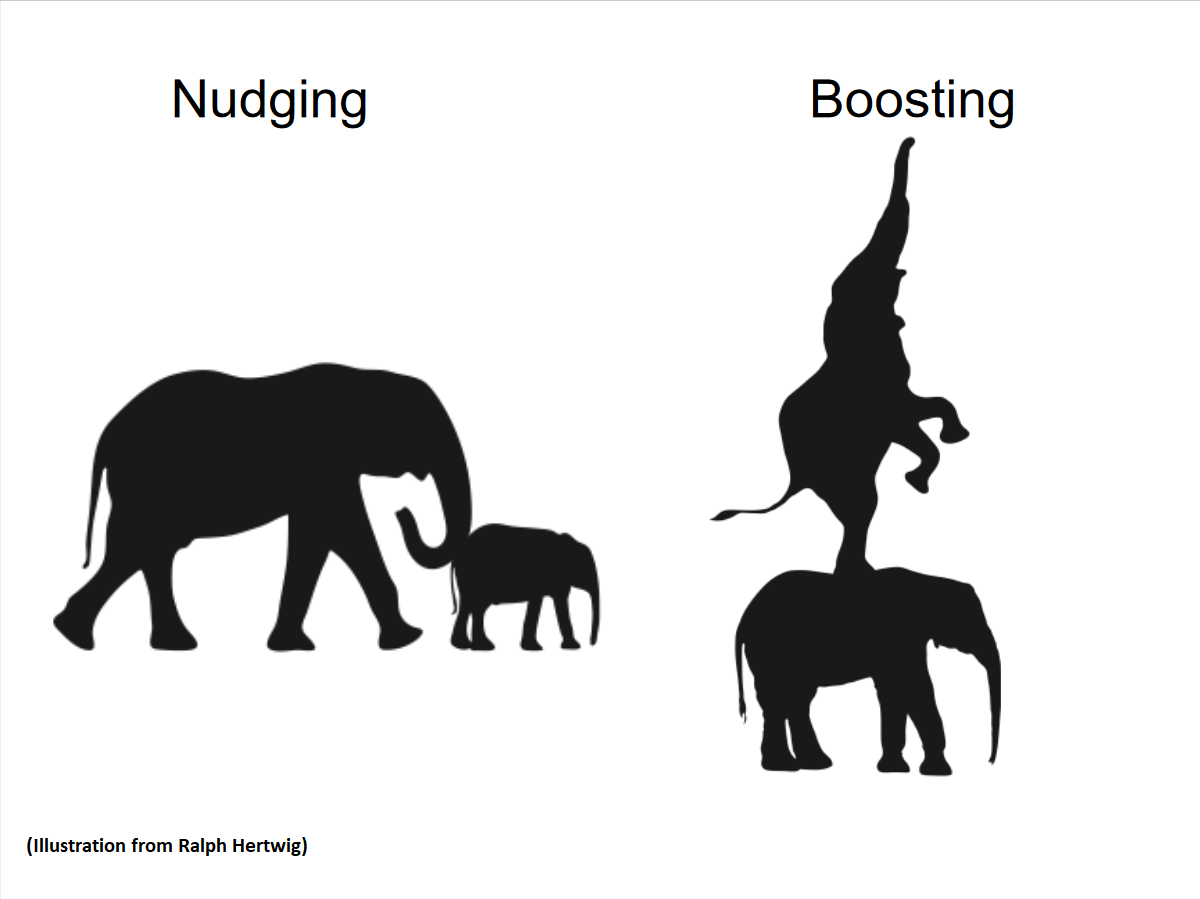The aim of the first section is to introduce some classical results in behavioural economics, and to highlight to which extent it deviates from the 'standard' model in microeconomics. We will discuss possible policy implications from those findings.
ECUE Behavioural public policy
Code de l'ECUE : IMEX109
PRESENTATION

The course offers an introduction to the field of behavioural public policies, i.e. the use of behavioural sciences in the design and justification of public policies. The course will present some classical results in behavioural economics and its application to public policies in different areas: public health, the environment, financial decisions, and education.
Students will have to read papers (usually, cases of policy interventions) ahead of the lecture and discuss them during the class.
Responsable(s) du cours
Guilhem LecouteuxPrésentiel
- 20h de cours magistral
PREREQUIS
-
Be familiar with basic/intermediate microeconomics
OBJECTIFS
- Design a policy intervention inspired by behavioural sciences (e.g. nudges, boosts)
- Identify behaviours that could justify behavioural public policies
- Discuss ethical challenges raised by behavioural public policies
CONTENU
-
Introduction to behavioural economics

-
Designing a behavioural intervention

The aim of the second section is to discuss how to design a behavioural intervention, from the identification of possible mechanisms that could influence behaviours to the actual experimental design and the measure of the effect of the intervention (mostly with a double differences approach).
-
Application: environment

This section will focus on environmental policies, with a focus on (i) energy savings, and (ii) the challenge of collective action.
-
Application: public health

This section will discuss health policies, with a focus on (i) nutrition, and (ii) the prevention of addictions.
-
Application: financial decisions

This section investigates some issues discussed in behavioural finance, and some common biases in individual financial decisions.
-
Application: education

This section focuses on two complementary aspects of education policies, i.e. (i) students' choice of their field of study / diploma, and (ii) learning in the classroom.






